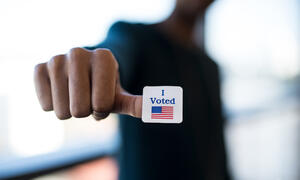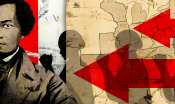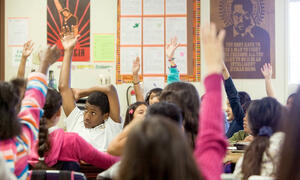article
Power of the Vote: Lifting the Veil of White Supremacy, From the Ocoee Massacre to January 6

Civics education must include complete, honest histories and encourage young people to use their right to vote.

This critical election year, remember that the right to vote was achieved through the struggles, risks and sacrifices of ordinary people. Learn from our history, vote and help to mobilize others in your community.
When we cultivate the values of justice, equity, diversity and inclusion (JEDI) in young children, we create steppingstones toward resisting hate and strengthening democracy. Growing Together: For Children and Families is LFJ’s new series, with learning activities, stories and book recommendations for children.

